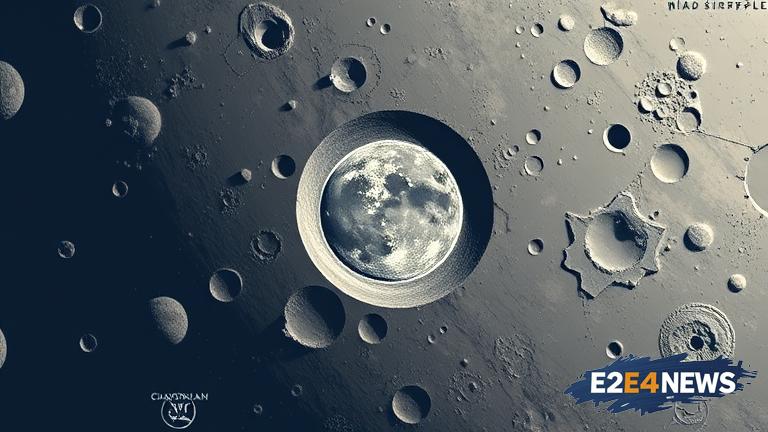India’s space agency, the Indian Space Research Organisation (ISRO), is preparing for its third lunar mission, Chandrayaan-3, which aims to land near the lunar south pole. The mission is a follow-up to the successful Chandrayaan-1 and Chandrayaan-2 missions, which were launched in 2008 and 2019, respectively. The Chandrayaan-3 mission is expected to launch in the near future, with the exact date yet to be announced. The mission will involve a lunar lander and a rover, which will be equipped with a range of scientific instruments to study the lunar surface and subsurface. The lander will be designed to touch down near the lunar south pole, which is a region of great scientific interest due to its unique geological features and potential for water ice. The rover will be equipped with instruments such as a seismometer, a spectrometer, and a radar, which will allow it to study the lunar regolith, search for water ice, and investigate the lunar interior. The mission will also include a lunar orbiter, which will provide communication relay services and conduct scientific experiments. The Chandrayaan-3 mission is a significant step forward for India’s space program, which has been rapidly expanding in recent years. The mission is expected to provide valuable insights into the lunar surface and subsurface, and will help to advance our understanding of the Moon’s composition, geology, and history. The mission will also demonstrate India’s capabilities in space exploration and will pave the way for future missions to the Moon and beyond. The lunar south pole is a region of great interest due to its unique geological features, including craters, mountains, and lava flows. The region is also thought to contain water ice, which could be used as a resource for future lunar missions. The Chandrayaan-3 mission will be launched from the Satish Dhawan Space Centre in Sriharikota, India, using a Geosynchronous Satellite Launch Vehicle (GSLV) rocket. The mission will be a major milestone for India’s space program, which has already achieved a number of significant successes, including the launch of the Mangalyaan mission to Mars in 2013. The Chandrayaan-3 mission will be followed by a number of other lunar missions, including the Chandrayaan-4 and Chandrayaan-5 missions, which are currently in development. These missions will further expand our understanding of the Moon and will help to establish India as a major player in space exploration. The Chandrayaan-3 mission is a testament to India’s commitment to space exploration and its determination to push the boundaries of what is possible. The mission will be a major achievement for India’s space program and will help to inspire future generations of scientists and engineers. The mission will also provide valuable opportunities for international collaboration and will help to advance our understanding of the Moon and the solar system. The Chandrayaan-3 mission is a significant step forward for India’s space program and will help to establish the country as a major player in space exploration. The mission will provide valuable insights into the lunar surface and subsurface and will help to advance our understanding of the Moon’s composition, geology, and history. The mission will also demonstrate India’s capabilities in space exploration and will pave the way for future missions to the Moon and beyond.
